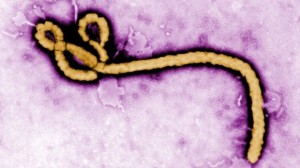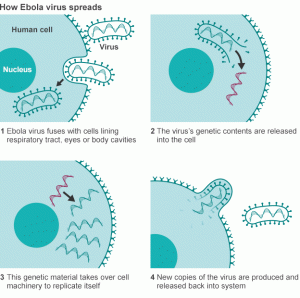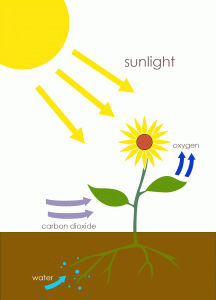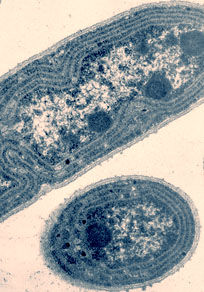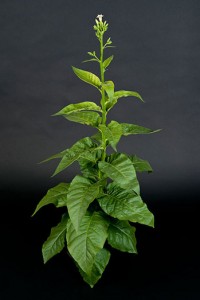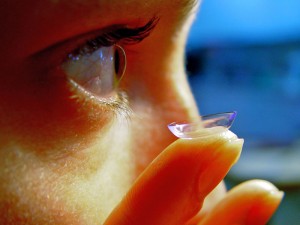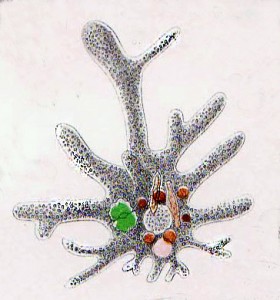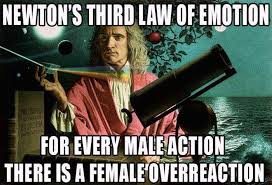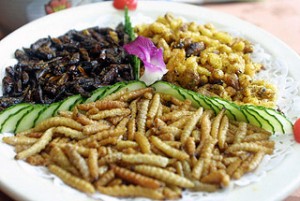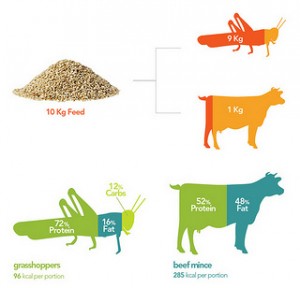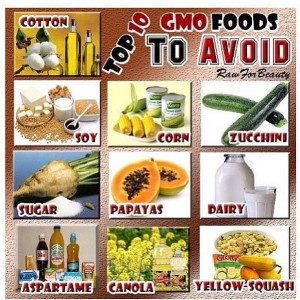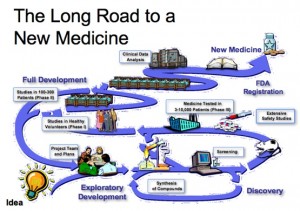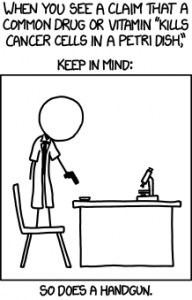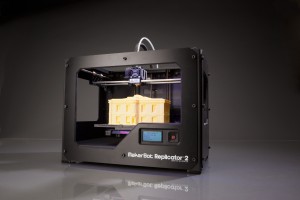Do you listen to music while you study?
I bet some of you are currently doing that right now.
Music is one of the effective ways to find pleasure. It is simple, easy and free (Unless you actually spend money downloading). Since I am all about finding pleasures in life, I have speakers hooked up in every single room of my houses.
Ever since music became a “must-have” for people, especially for students, there have been many studies regarding their affect on studying.
Some argue that listening to music while studying distracts one enough to make lose focus.
However listening to music such as Mozart, enhances synchrony of the firing pattern of our right frontal, left temporoparietalareas, and right temporal regions (just means it uses more parts of our brain), which is why this phenomenon is named “Mozart Effect“.
Try this next time you study!
 Cited: JaBig, “6-Hours Mozart Piano Classical Music Studying Playlist Mix by JaBig: Great Beautiful Long Pieces”. YouTube. YouTube, 15 May. 2013.| Web. 21 Sep. 2014.
Cited: JaBig, “6-Hours Mozart Piano Classical Music Studying Playlist Mix by JaBig: Great Beautiful Long Pieces”. YouTube. YouTube, 15 May. 2013.| Web. 21 Sep. 2014.
Furthermore, a research from University of Dayton found that students performed better at spatial and linguistic processing if Mozart was playing in the background.
However, not all of us can handle these classical vocal-less music.
In a study in Taiwan correlating the work concentration level with background music, they separated groups of college students into three groups to test the affect of vocal music.
1) Listening to music while given the attention test
2) No music while given the test
3) 10 minutes of listening to music prior the test.
The experiment showed that the group that was allowed to listen to music prior to the test scored higher than the group that had no music at all, giving us an idea that music can gives us a supplemental effect increasing our attention level. As for the group that allowed music during the test, it showed a extremely high level of variation in the test scores, meaning even vocal music definitely affects our concentration level somehow.
From this, we can infer that different genre of music affects individuals in a very complex ways. It has been proven that vocal-less classical music has a positive effect on our brain function. However the effect of modern music or any other types of genre remains undefined. As a result, if you are someone wondering whether to listen to music while doing your homework, try it with and without. Neither I nor the researches made can give you a straight answer.
This is the song that I was listening to when I was writing this, maybe try this?? (warning: some are not in English, and contains lot of swearing)
 Cited: onstage 온스테이지, “빈지노 – Profile”. YouTube. YouTube, 1 Nov. 2012.| Web. 21 Sep. 2014.
Cited: onstage 온스테이지, “빈지노 – Profile”. YouTube. YouTube, 1 Nov. 2012.| Web. 21 Sep. 2014.
If you found this article boring and not informative, let me know so I can switch the type of music I listen to.
By Jeamin Yoon


